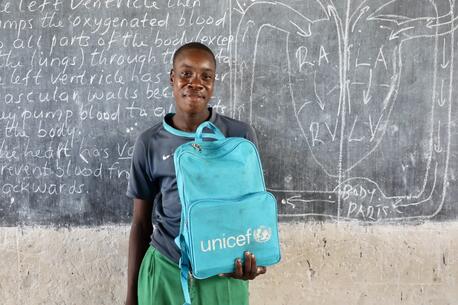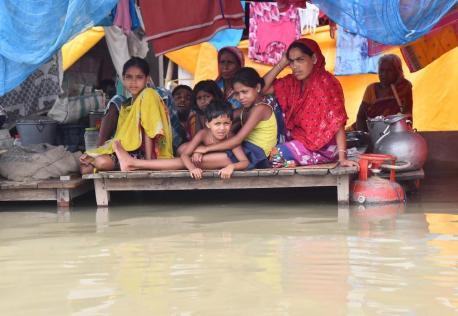
1 Billion Children at 'Extremely High' Risk From Climate Change
With the release of new data, UNICEF renews its global call to action to do what is necessary to build climate resilience and protect the most vulnerable.
A new report from UNICEF released today concludes that nearly half of the world's children — roughly 1 billion — live in one of 33 countries classified as "extremely high risk" due to climate change impacts.
"The Climate Crisis Is a Child Rights Crisis: Introducing the Children's Climate Risk Index" is the first comprehensive analysis of climate risk from a child's perspective — ranking countries based on level of exposure to climate-related shocks, such as cyclones and heat waves, and their relative vulnerability based on access to essential services.
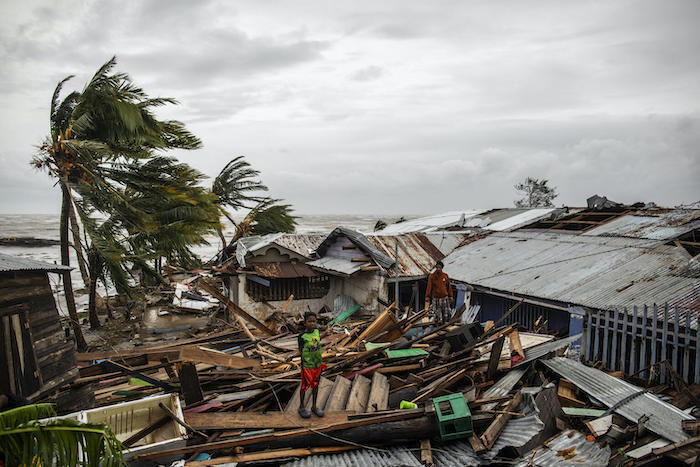
'The climate crisis is a child's rights crisis'
UNICEF collaborated with Fridays for Future, a youth-led global climate strike movement, and other partners to produce the report. Its release comes on the heels of another landmark report by the UN's Intergovernmental Panel on Climate Change (IPCC) — a scientific assessment that UN Secretary-General António Guterres called a code red for humanity. It also coincides with the third anniversary of the FFF movement, which began when Greta Thunberg staged her first protests outside the Swedish parliament in August 2018.
The findings in "Climate Crisis" detail how climate change impacts threaten children's health, education and protection by increasing their exposure to life-threatening diseases, among other dangers. Young people in Central African Republic, Chad, Nigeria, Guinea and Guinea-Bissau are the most at risk among 163 nations of the world included in the report's rankings.
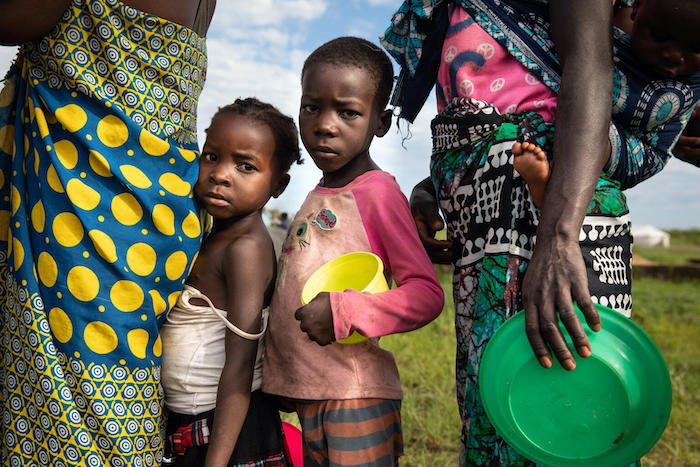
For kids facing extremely high levels of risk, it is a combination of high exposure to climate shocks compounded by the fact that critical services and related social support systems were inadequate to begin with. As the impacts of climate change accelerate, that 1 billion estimate is likely to grow, UNICEF warns.
"For the first time, we have a complete picture of where and how children are vulnerable to climate change, and that picture is almost unimaginably dire," said Henrietta Fore, UNICEF Executive Director. "For three years, children have raised their voices around the world to demand action. UNICEF supports their calls for change with an unarguable message — the climate crisis is a child's rights crisis."
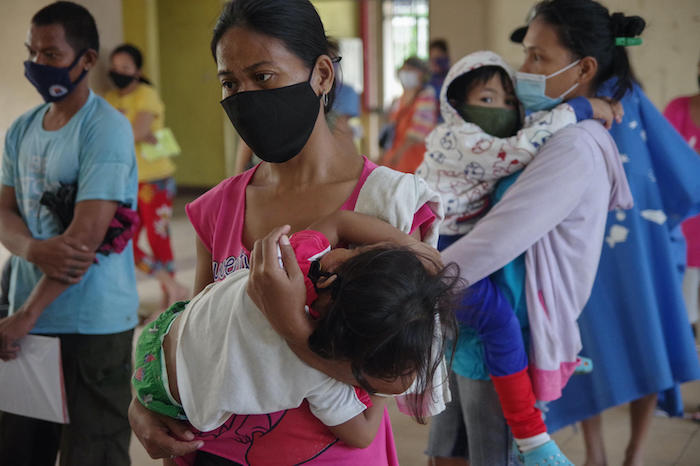
The worst-affected countries face multiple and often overlapping climate-related impacts
UNICEF's data show that nearly every child in the world is at risk from at least one of these climate and environmental hazards. Kids in the worst-affected countries, however, face multiple and often overlapping climate-related shocks, threatening to further erode developmental progress and deepen child deprivations.
The report's Children's Climate Risk Index (CCRI) provides global estimates of the number of children "highly exposed" to specific climate shocks, including:
- coastal flooding: 240 million
- riverine flooding: 330 million
- cyclones: 400 million
- vector-borne diseases (e.g. malaria, dengue): 600 million
- lead pollution: 815 million
- heat waves: 820 million
- water scarcity: 920 million
- "exceedingly dangerous" levels of air pollution: 1 billion
An estimated 850 million children — 1 in 3 worldwide — live in areas where at least four of these climate and environmental shocks overlap, according to the report. As many as 330 million children — 1 in 7 worldwide — live in areas affected by at least five major shocks.
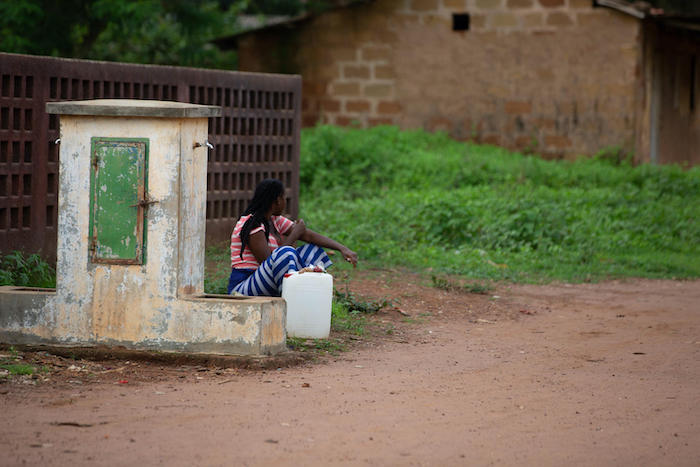
A 'deeply inequitable' crisis: 33 countries where children are at 'extremely high risk' emit 9% of global CO2 emissions combined; 10 highest-emitting countries together emit 70%
There is a disconnect between where greenhouse gas emissions are generated and where children are enduring the most significant climate-driven impacts: The 33 'extremely high-risk' countries collectively emit just 9 percent of global carbon dioxide emissions, the report notes. Conversely, the 10 highest-emitting countries collectively account for nearly 70 percent of global emissions. Only one of these countries is ranked as 'extremely high risk' in the index.
"Climate change is deeply inequitable," Fore said. "While no child is responsible for rising global temperatures, they will pay the highest costs."
There is still time to act, however. Improving children's access to water and sanitation, health, education and other essential services "can significantly increase their ability to survive these climate hazards," Fore added.
Protecting the future of all the world's children
UNICEF is urging governments and businesses to listen to children and prioritize actions that protect them from climate change impacts while accelerating efforts to dramatically reduce greenhouse gas emissions by at least 45 percent (compared to 2010 levels) by 2030 to keep warming to no more than 1.5 degrees Celsius. According to the IPCC, global greenhouse gas emissions need to be halved by 2030 — and cut to zero by 2050 — to avoid the worse impacts, but most countries are not on track to meet these targets. One of the most sustainable solutions is the transition towards an economic model which decouples economic growth from fossil fuel consumption.
UNICEF is also urging all relevant actors to:
- increase investment in climate adaptation and resilience in key services for children
- provide children with climate education and green skills deemed critical for adapting and preparing for the effects of climate change
- include young people in all national, regional and international climate negotiations and decisions including COP26
- ensure the recovery from the COVID-19 pandemic is green, low-carbon and inclusive
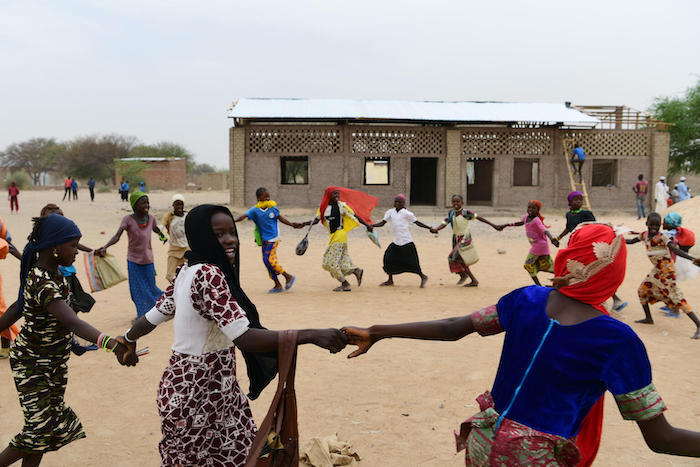
Thunberg and fellow youth activists Frazana Faruk Jhumu of Bangladesh, Eric Njuguna of Kenya and Adriana Calderón of Mexico co-authored the foreword to the new Climate Crisis report (and a related opinion piece for the New York Times).
"Movements of young climate activists will continue to rise, continue to grow and continue to fight for what is right because we have no other choice," the four wrote. "We must acknowledge where we stand, treat climate change like the crisis it is and act with the urgency required to ensure today's children inherit a livable planet."
Learn more about how climate change is endangering the health, safety and well-being of children around the world. Read the full report.
HOW TO HELP
There are many ways to make a difference
War, famine, poverty, natural disasters — threats to the world's children keep coming. But UNICEF won't stop working to keep children healthy and safe.
UNICEF works in over 190 countries and territories — more places than any other children's organization. UNICEF has the world's largest humanitarian warehouse and, when disaster strikes, can get supplies almost anywhere within 72 hours. Constantly innovating, always advocating for a better world for children, UNICEF works to ensure that every child can grow up healthy, educated, protected and respected.
Would you like to help give all children the opportunity to reach their full potential? There are many ways to get involved.



